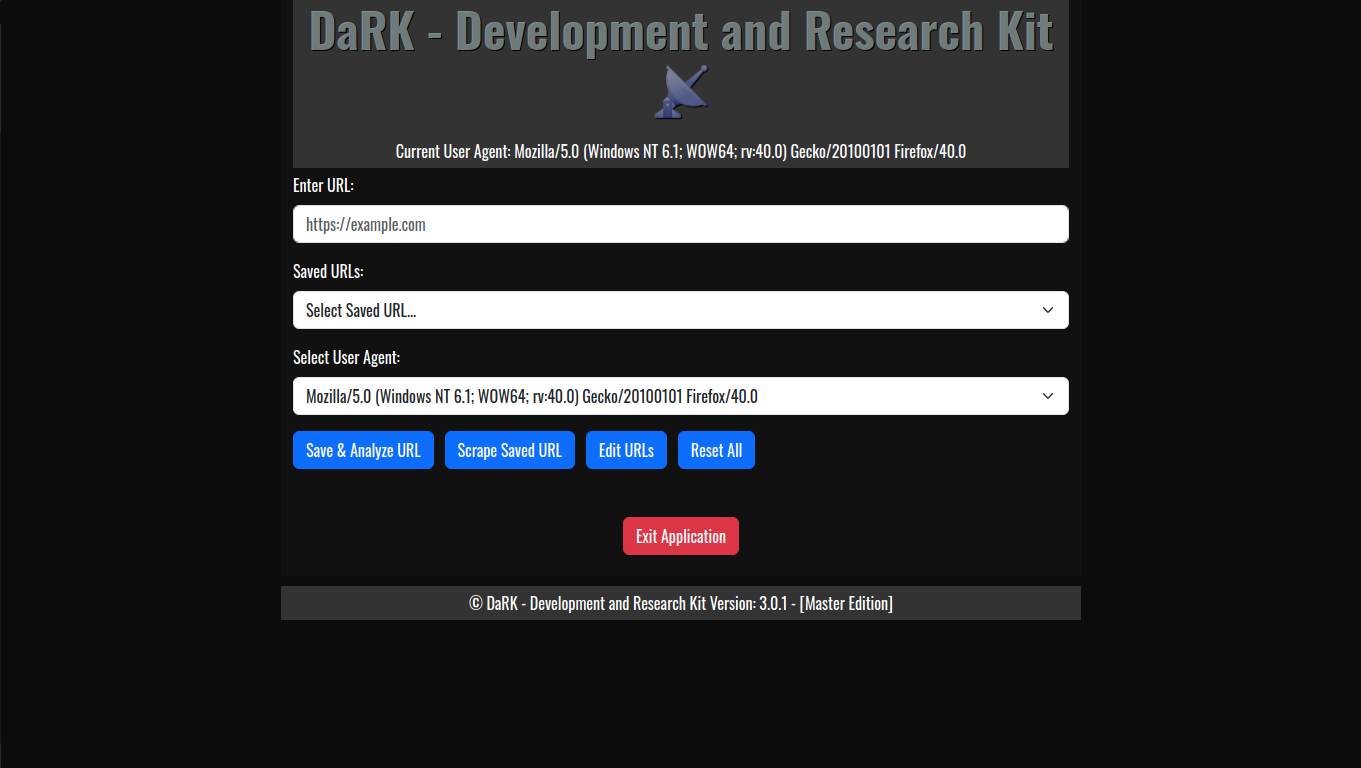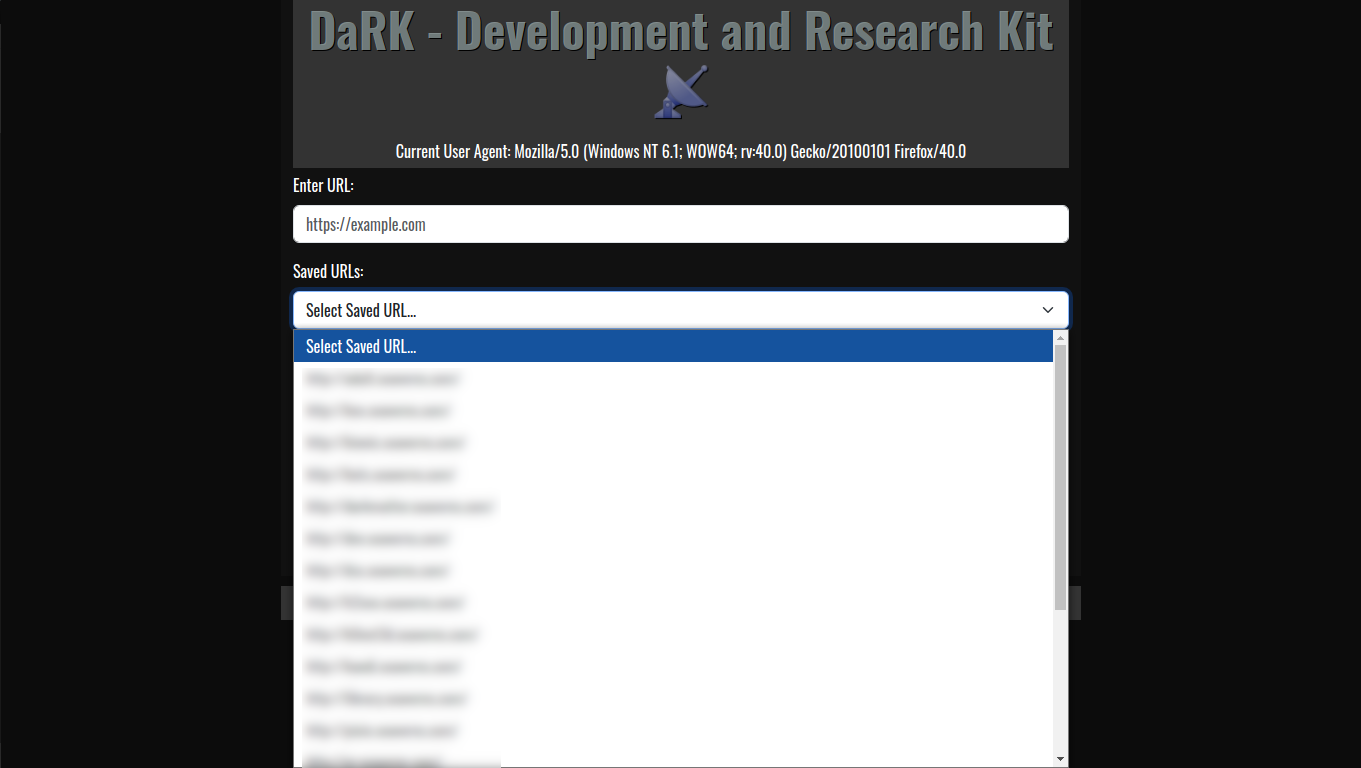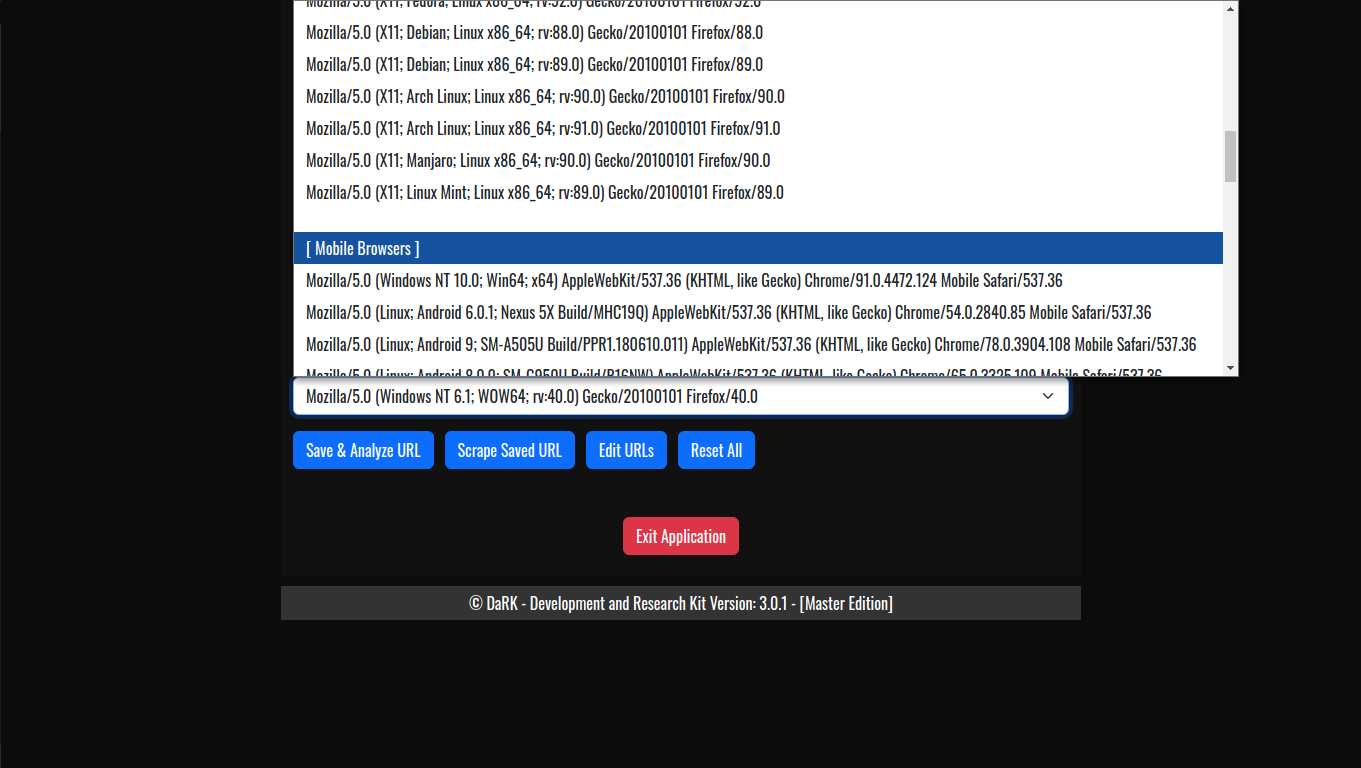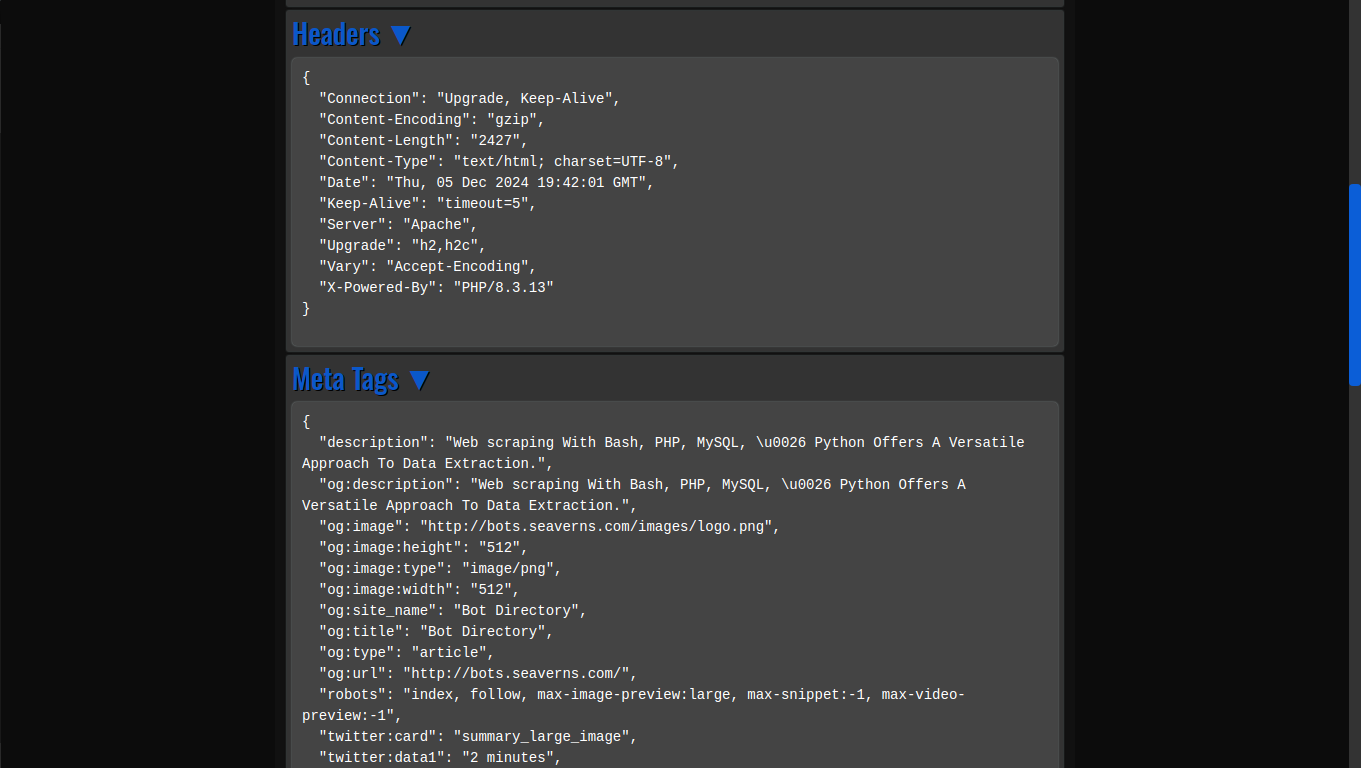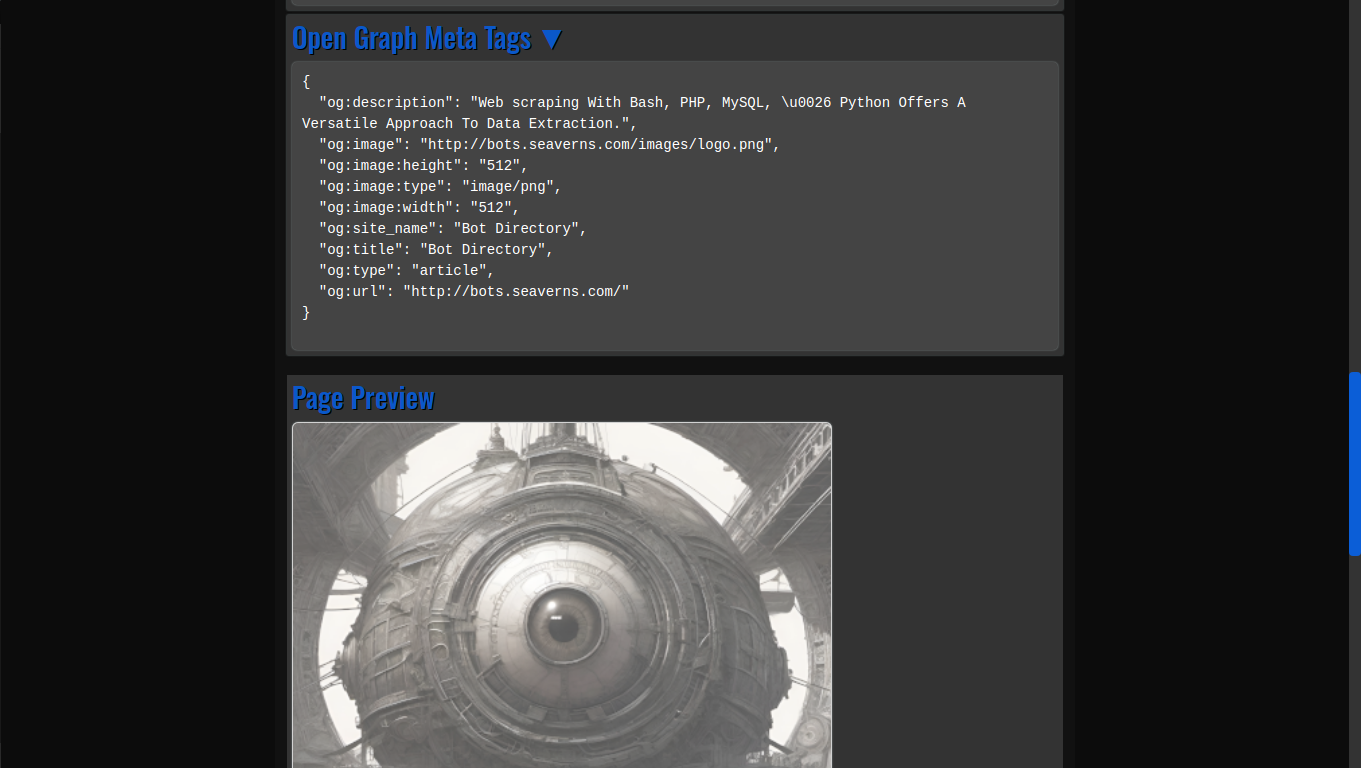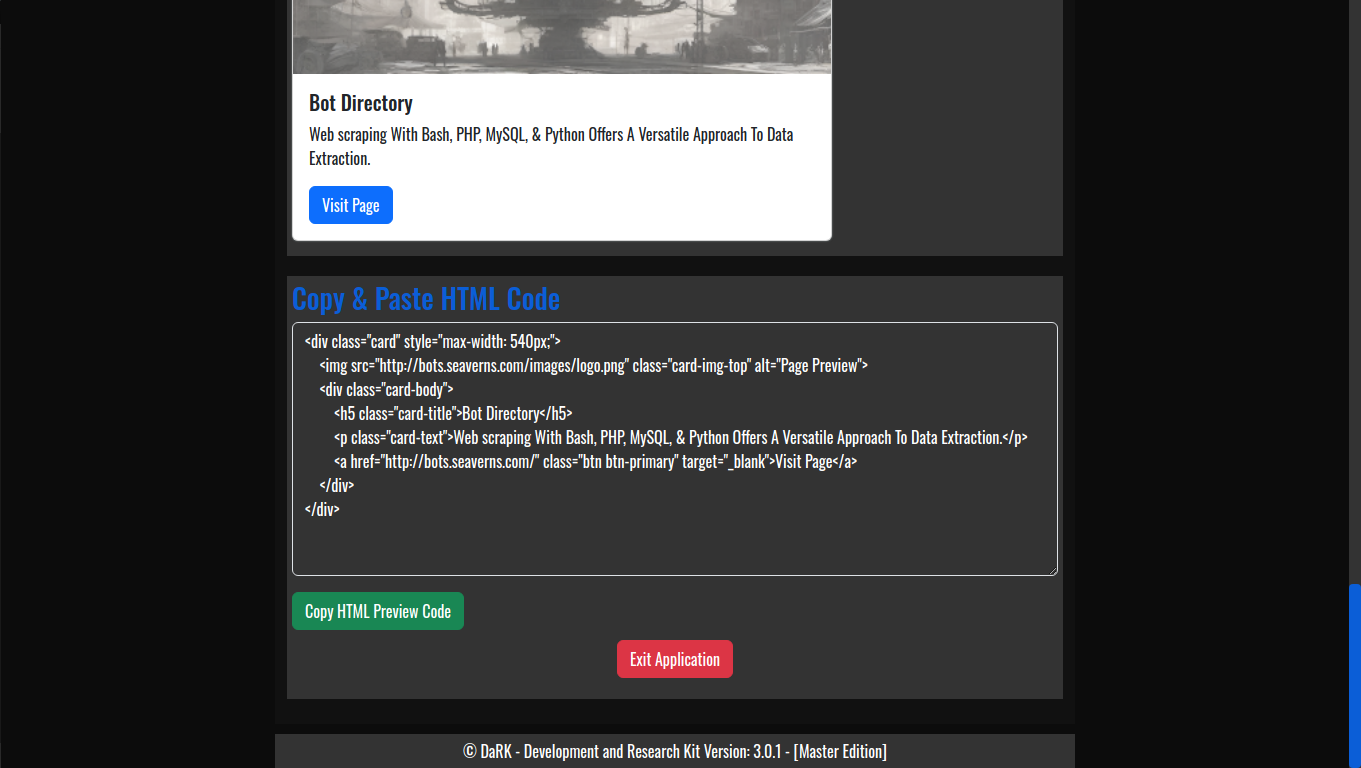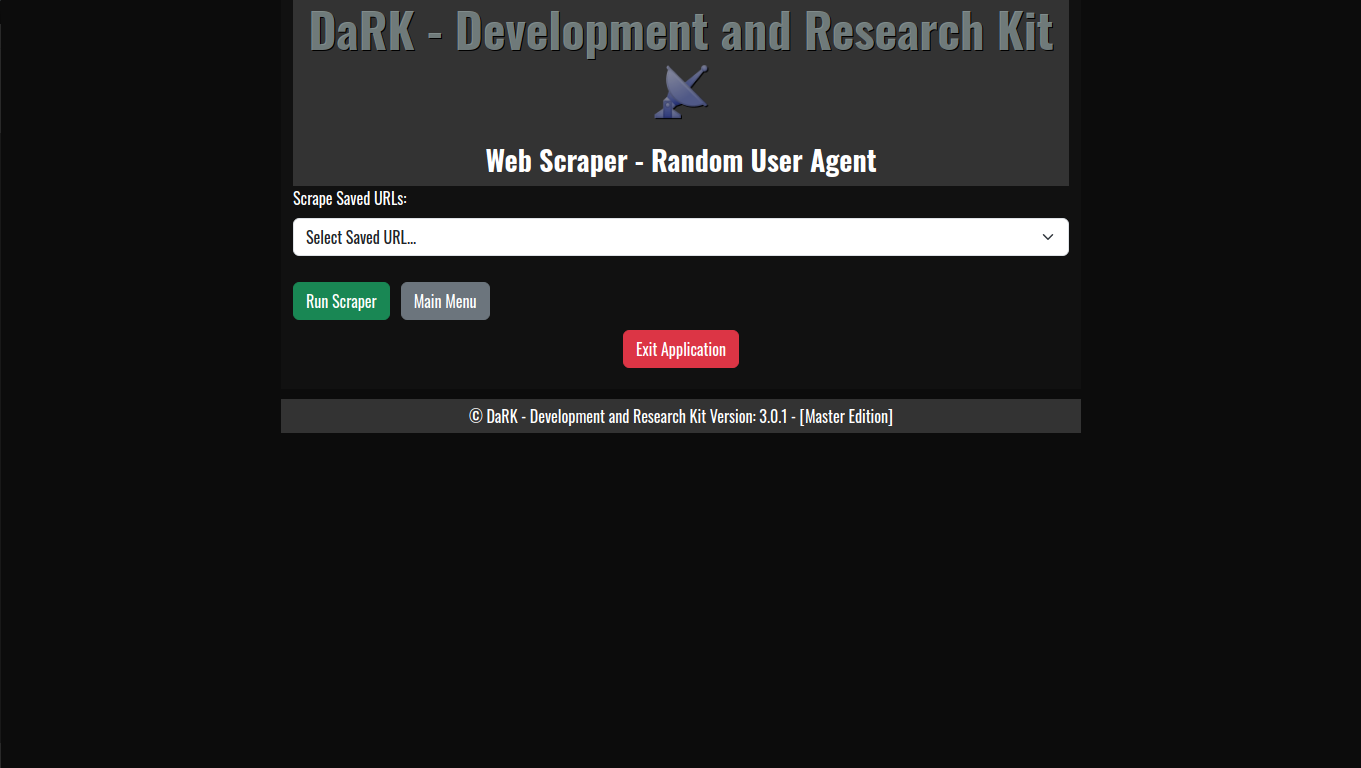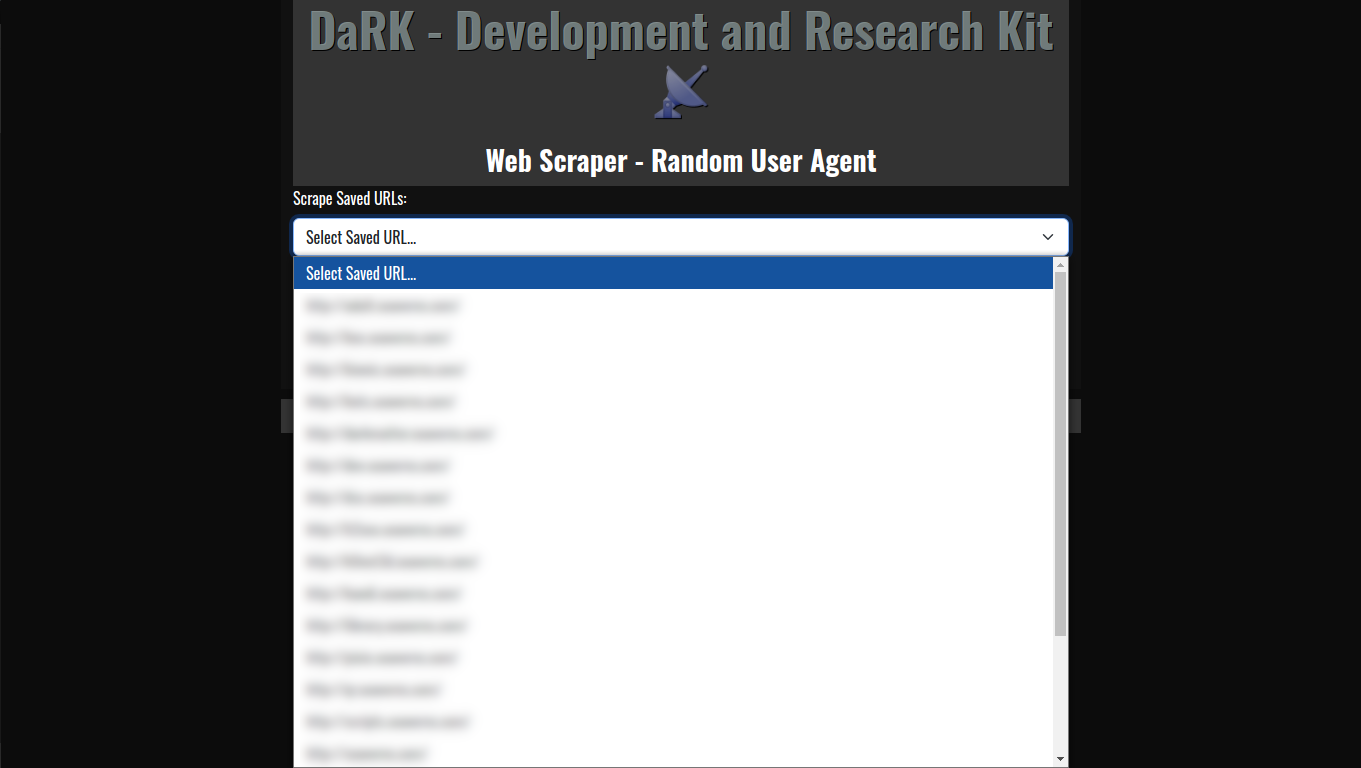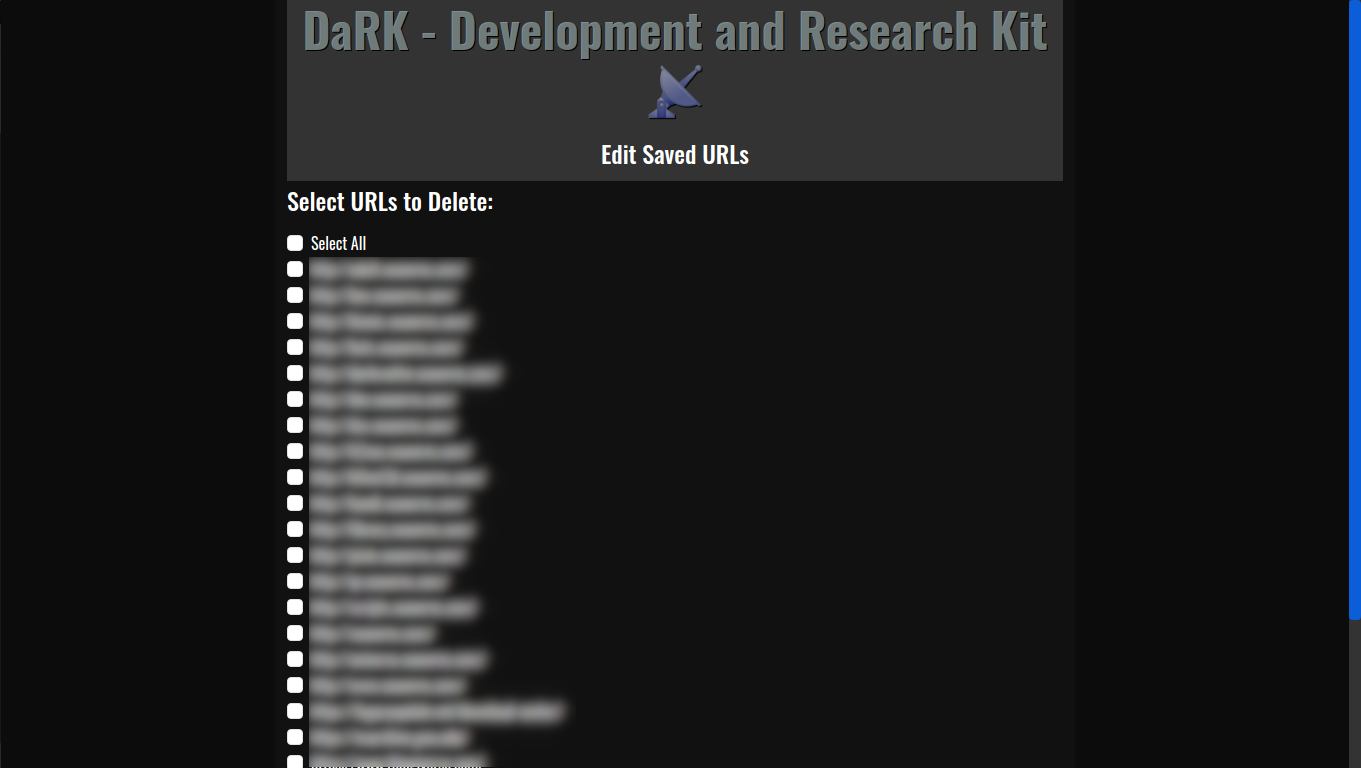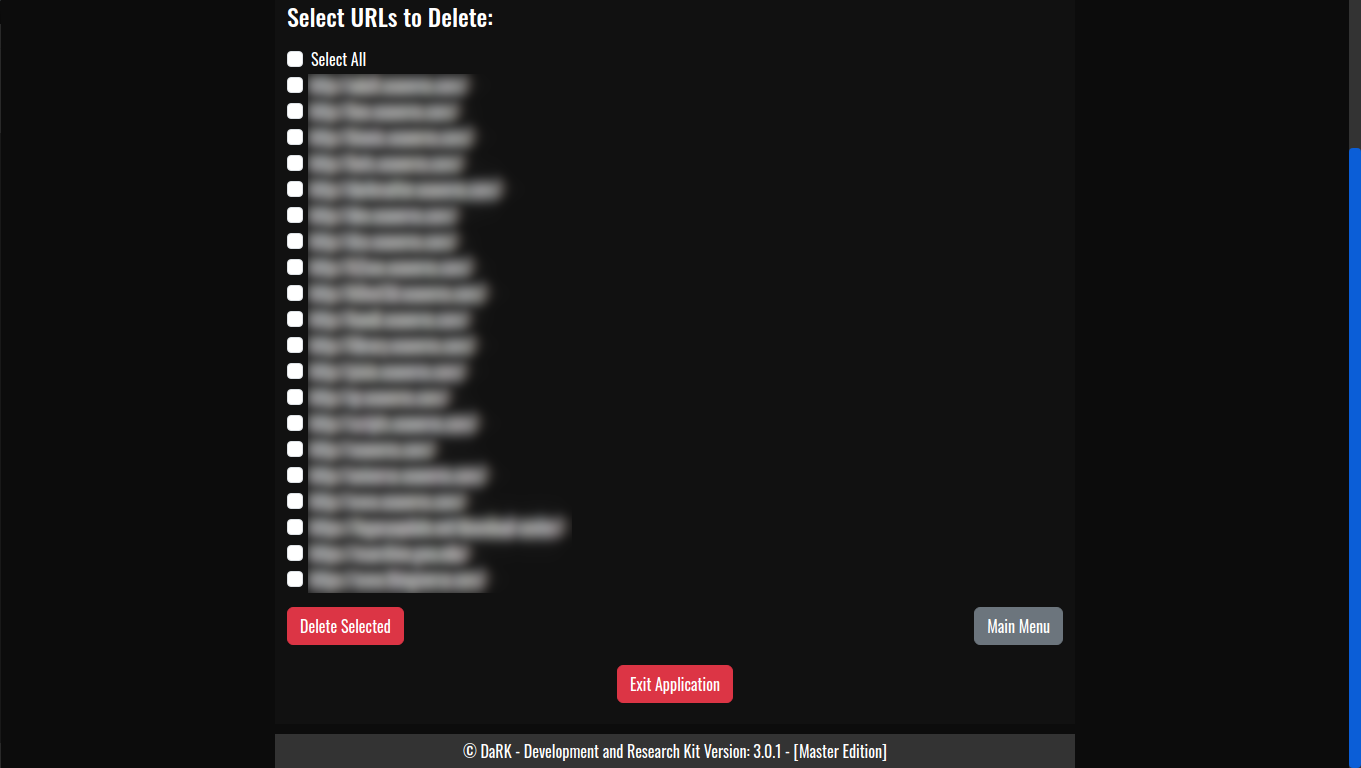Expanded Electromagnetic Vehicle-Formation & Control System
Electromagnetic Vehicles & EMF Field Generators
A macroscopic “pilotless vehicle”-like shape produced and controlled by electromagnetic fields is not something current technology can create out of ordinary loose metal in free air without some precursor structure or material scaffolding. However, a highly plausible pathway uses (a) electromagnetic forming/pulse-magnetics to rapidly shape thin conductive shells (aluminum, copper, mild steel) into smooth panels, (b) magnetically-responsive suspensions or assemblies (magnetorheological/ferrofluids or magnetically coated particles) to fill gaps and act like a field-activated “solid” skin, (c) localized induction or plasma processing to fuse seams, and (d) electromagnetic/ion/plasma thrusters (E×B acceleration, Hall-type devices or plasma actuators) for thrust and vectoring. Large-scale environmental EM phenomena (ionospheric heating experiments like HAARP and natural geomagnetic storms / CMEs) can modulate propagation, induce currents, and either interfere with or—very occasionally—augment certain long-range field coupling, but they cannot magically replace the enormous local power, material handling, and engineering precision required. haarp.gi.alaska.edu+4ScienceDirect+4ScienceDirect+4
The building blocks — what the physics actually gives us
-
Electromagnetic forming (EM-forming) — shaping conductive shells
-
Established process used in industry: a very strong, short pulsed magnetic field induces eddy currents in conductive sheets (aluminum, copper, etc.). The interaction of induced current and applied field produces Lorentz forces that rapidly deform the sheet into a die or mandrel shape — contactless, very fast, and capable of producing smooth, seamless bends and draws in thin metals. This is an industrial “press” replacement for conductive metals. ScienceDirect+1
-
Material suitability (general): copper and aluminum — excellent (high conductivity, low yield strength for cold forming); brass and mild steel — workable; titanium and many stainless steels — much harder (lower induced eddy currents or requiring different coil geometries) and therefore harder to form with the same equipment. ScienceDirect
-
-
Magnetically-responsive media to “become solid” under a field
-
Magnetorheological fluids (MRFs) and ferrofluids/particle swarms: when subjected to a magnetic field, these change rheology — from fluid to viscoelastic or quasi-solid (MR fluids can exhibit very large, controllable yield stresses). This lets you have a filler or “smart” interior/exterior that stiffens and behaves like a continuous material while the field is on. That’s how you can bridge seams or make a formerly granular/dispensed material behave as a continuous shell temporarily. Wikipedia+1
-
Magnetically guided self-assembly: micro/nano magnetic particles or coated “building blocks” can be directed to assemble into higher-order structures along field gradients; researchers have shown complex pathing and clustering in controlled laboratory fields. These are promising for small-scale or “additive” assembly but scaling to metre-scale objects remains a major engineering challenge. Wiley Online Library+1
-
-
Joining / “making seams disappear”
-
For a truly seamless macroscopic skin you need to either plastically deform continuous sheet material (EM forming) or locally sinter / fuse particulate filler (induction heating, local plasma melting, or other energy deposition) so that the magnetically structured filler becomes a continuous solid. Induction heating and localized plasma processing are established technologies for heating and joining metals without mechanical contact. (This is why a hybrid approach — shell + field-solidified filler + local fusion — is the most realistic.) PSFC Library+1
-
-
Propulsion and directional control from EM/plasma effects
-
Electric / ion propulsion (space-proven): Hall-effect thrusters and ion engines accelerate ions with E and B fields to produce thrust (high specific impulse, low thrust). These are proven for spacecraft but require propellant and power. Wikipedia
-
Plasma actuators / MHD concepts (atmospheric): plasma actuators can create localized momentum exchange with air (active flow control — boundary-layer control, enhanced lift, little mechanical complexity). Magnetohydrodynamic (MHD) concepts can push ionized fluid (air or internal plasma) by J×B forces — this gives directional control and stabilization in principle. Practical atmospheric MHD propulsion at large scale faces power, ionization, and efficiency limits. IJPest+1
-
A concrete numerical sense: how strong must fields be?
Magnetic pressure (useful single-number metric) is
Pmag=B22μ0P_{mag} = \frac{B^2}{2\mu_0}
with μ₀ ≈ 4π×10⁻⁷ H/m. So:
-
B = 1 T → P≈0.4P \approx 0.4 MPa (≈4 bar).
-
B = 10 T → P≈40P \approx 40 MPa.
-
B = 30 T → P≈360P \approx 360 MPa.
Electromagnetic forming literature and lab practice report transient magnetic pressures that can reach tens to a few hundred MPa near the workpiece (using capacitor banks and very short pulses), which aligns with the numbers above but requires very high peak currents and carefully shaped coils. Reaching hundreds of MPa (industrial EM forming regimes) typically needs transient fields in the tens of Tesla locally — technically achievable in pulsed systems, not by low-power continuous emitters. Wikipedia+1
How a single integrated scenario could look (conceptual, modular)
-
Precursor: supply of material
-
Start with manufactured thin conductive panels (aluminum or copper) for the outer skin and a reservoir of magnetic particles / MR fluid for the filler / seam material. Fully loose scrap thrown into the air is not realistic — you need feedstock prepared and distributed.
-
-
Rapid shell formation (local, pulsed EM forming)
-
A localized pulse-magnetic array (coils + fast capacitor discharge) shapes each panel into a desired contour and presses it against adjacent panels or a temporary mandrel. Pulses are synchronized around the structure to produce smooth joins and draw sheets into tight geometry (industrial EM forming scaled and coordinated). ScienceDirect
-
-
Field-solidification of interstices
-
Apply targeted magnetic fields to the MR fluid / ferrofluid filler so it stiffens and bridges seams. Use controlled field gradients to drive magnetized particles into seam gaps and orient them for mechanical interlocking (self-assembly research demonstrates such alignment at small scales). ScienceDirect+1
-
-
Local fusion for permanence
-
Use induction or plasma heating to locally melt or sinter the seam material (or thin skin edges), producing metallurgical welds or sintered bonds so the object becomes a monolithic shell. This converts the temporary, field-enabled solidity into a lasting structure. PSFC Library
-
-
Thrust + control
-
For gross propulsion in vacuum: ion / Hall thrusters provide steady thrust if you carry propellant and power. For short bursts, pulsed plasma jets or pulsed electromagnetic arcs can provide impulse. For atmospheric maneuvering: distributed plasma actuators and localized J×B (Lorentz) forcing on ionized air near surfaces can create lift/drag control surfaces without mechanical moving parts. Combined closed-loop field control yields attitude stability. Wikipedia+1
-
The role of HAARP / ionospheric heating and solar storms
-
HAARP-style ionospheric heating: this facility uses HF transmitters to heat small ionospheric patches to study their behavior. HAARP experiments can alter local ionospheric electron density in controlled ways — useful for radio propagation research — but cannot project concentrated mechanical forces at the surface or materially assemble objects on the ground. Claims that HAARP can directly move matter or create weather are unsupported. HAARP’s real influence is on radio propagation and plasma physics experiments in the upper atmosphere. haarp.gi.alaska.edu+1
-
Solar flares, CMEs, geomagnetic storms: these produce large-scale variations in Earth’s magnetosphere and ionosphere: induced currents in long conductors (power grids, pipelines), HF radio blackouts, GPS errors, and energetic particle events. For an electromagnetic assembly/control system that relies on precise fields and power electronics, a strong geomagnetic storm can disrupt control loops, induce parasitic currents, and change propagation characteristics (so long-range field coupling and RF links become unreliable). In short: natural space weather is more likely to hurt or unpredictably perturb such an EM system than to help it. NOAA+1
Material comparison (qualitative table)
| Material | Conductivity | Magnetic permeability | EM-forming suitability | Notes |
|---|---|---|---|---|
| Aluminum | High | ≈μ₀ (non-magnetic) | Excellent — commonly used in EM forming | Lightweight, low melting point, good conductivity. ScienceDirect |
| Copper | Very high | ≈μ₀ | Excellent — high induced currents → strong Lorentz forces | Heavy but very formable electrically. ScienceDirect |
| Mild steel | Moderate | High μr | Works but magnetic permeability changes interaction → different coil/field design needed | Can get stronger mechanical parts but is heavier. ScienceDirect |
| Titanium | Low conductivity | low permeability | Poor for EM forming with same hardware — needs higher energy or alternate methods | Good strength but not electrically friendly. |
| Non-conductive (plastics/composites) | Very low | non-magnetic | Not directly formable by EM — need magnetized fillers or pre-coated layers | Use MR/ferro-particle inclusions to achieve field response. ScienceDirect |
(Those are qualitative — detailed design requires specific material properties and coil coupling factors.) ResearchGate
Practical limits and honest caveats
-
Energy & infrastructure: transient magnetic pressures at the industrial levels cited require massive capacitor banks and short, very high currents. Scaling to metre-scale, free-standing assemblies needs both huge power and precise coil geometries. University of Mustansiriyah
-
Material feedstock & logistics: you must supply suitably manufactured sheets/particles; you can’t (with known physics) turn arbitrary loose aluminum fragments scattered in air into a seamless, load-bearing vehicle with a single ambient field.
-
Environment & safety: strong pulsed fields and high voltages are dangerous, induce currents in nearby conductors (risk to grids, electronics, people), and interactions with the ionosphere/space weather add unpredictability. HAARP and solar storms can affect communications and induced currents but do not replace local power needs. Reuters+1
Research directions (safe, constructive)
If your interest is scientific / exploratory rather than operational:
-
Study electromagnetic forming and pulse-magnetics for advanced manufacturing (papers / reviews summarize limits and coil design). ScienceDirect
-
Explore magnetorheological fluids and field-directed self-assembly for reconfigurable structures and soft robotics. ScienceDirect+1
-
Investigate plasma actuators and E×B flow control for non-mechanical control surfaces (well suited to UAV flow control research). IJPest
-
Learn about space weather resilience for any EM-heavy system: shielding, grounding, and controls hardened against geomagnetic induced currents (NOAA / SWPC resources are excellent). NOAA Space Weather Prediction Center+1
Key citations (most important supporting sources)
-
Review of electromagnetic forming (industrial practice & limits). ScienceDirect
-
Magnetorheological fluids — reviews of properties and applications. ScienceDirect
-
Magnetic colloids / magnetically guided self-assembly research. Wiley Online Library
-
Hall-effect thruster / electric propulsion basics (spacecraft). Wikipedia
-
HAARP (official explanation) and NOAA/space-weather descriptions of CME/solar flare effects. haarp.gi.alaska.edu+1
1) One-page conceptual schematic (block diagram)
+------------------------+
| Mission / System Bus |
| (Power distribution, |
| timing & control) |
+-----------+------------+
|
+----------------------------+----------------------------+
| |
+-------v-------+ +---------------+ +---------v--------+
| EM Forming & | -----> | Field-Active | -----> | Local Fusion / |
| Pulse-Coil | Shape | Filler (MR/ | Bonding | Sintering Array |
| Array (coils, | panels | ferrofluid / | (induction,| (plasma torches /|
| capacitor | | magnetized | laser) | local arc) |
| banks) | | particles) | +------------------+
+---------------+ +---------------+
| |
| |
| +------------v-------------+
| | Sensors & Closed-Loop |
| | Control (magnetometers, |
| | optical, strain, inertial)|
| +------------+-------------+
| |
+-------v-------+ +---------v----------+ +-----------------+
| Thrust & | <------ | Field Control & | <----| Navigation / |
| Vectoring | control | Attitude Control | | Comm (RF, GNSS) |
| (plasma jets, | | (coil phasing, | +-----------------+
| ion / pulsed | | localized field |
| plasma, MHD) | | shaping) |
+---------------+ +---------------------+
Short descriptions:
- Mission/System Bus — power switching (very large capacitor banks), timing, high-speed digital control and safety interlocks. Central nervous system.
- EM Forming & Pulse-Coil Array — fast, high-current pulsed coils that generate local transient magnetic fields to induce eddy currents and Lorentz forces in conductive sheets, rapidly driving them into a mandrel or into adjacent panels.
- Field-Active Filler (MR/ferrofluid/particles) — magnetically responsive suspension or magnetized microparticles that, when biased by an applied field, stiffen and bridge seams (give a continuous mechanical response while the field is on).
- Local Fusion/Sintering Array — localized energy deposition (induction, plasma arc, laser) to fuse/sinter seams after field-solidification to create permanent bonds.
- Thrust & Vectoring — ion/Hall thrusters (space) or pulsed plasma jets / MHD/plasma actuators (atmosphere) for propulsion and fine vector control; integrated with field shaping for stability.
- Sensors & Closed-Loop Control — magnetometers, strain gauges, optical alignment sensors, IMUs to phase coil pulses and filler fields, maintain geometry and stability; handles disturbances (including EM noise from space weather).
- Navigation/Comm — GNSS, inertial navigation, RF/optical comms. Note: long-range RF and some sensors are sensitive to ionospheric conditions and geomagnetic activity.
2) Numeric worked example — order-of-magnitude EM-forming requirement for a 1 m × 1 m panel
Goal: estimate the magnetic field B that produces magnetic pressure comparable to the material yield strength so plastic deformation is plausible. Then estimate the energy in the field for a practical volume.
Model & assumptions (simple, conservative):
- Magnetic pressure (force per unit area) is approximated by the field energy density:
[
P_\text{mag} = \frac{B^2}{2\mu_0}
]
where (\mu_0 = 4\pi\times 10^{-7}\ \text{H/m}). - To begin plastic deformation we roughly require (P_\text{mag}) on the order of the material yield strength ( \sigma_y ) (this is a coarse, conservative proxy — real forming calculations need detailed mechanics).
- Panel: 1.0 m × 1.0 m area, we assume the region of effective field extends ~0.1 m normal to the panel (field-volume thickness = 0.1 m) — chosen as a plausible transient near-work region for a coil.
- Materials (representative yield strengths, order-of-magnitude):
- Aluminum (soft, e.g., pure/low-alloy): (\sigma_y \approx 30\ \text{MPa} = 30\times10^6\ \text{Pa}).
- Copper (workable): (\sigma_y \approx 70\ \text{MPa} = 70\times10^6\ \text{Pa}).
- Mild steel (stronger): (\sigma_y \approx 250\ \text{MPa} = 250\times10^6\ \text{Pa}).
- These are simplified — specific alloys and tempering change numbers by factors.
Step A — solve for B required
From (P = B^2/(2\mu_0)) → (B = \sqrt{2\mu_0 P}).
Compute constants:
- (\mu_0 = 4\pi\times10^{-7}\ \text{H/m}) ≈ (1.2566370614\times10^{-6}\ \text{H/m}).
Now compute numerically for each material:
- Aluminum:
- (P = 30\times10^6\ \text{Pa}).
- (B = \sqrt{2\cdot(1.2566370614\times10^{-6})\cdot(30\times10^6)})
- Numeric result: B ≈ 8.7 tesla.
- Copper:
- (P = 70\times10^6\ \text{Pa}).
- (B = \sqrt{2\cdot(1.2566370614\times10^{-6})\cdot(70\times10^6)})
- Numeric result: B ≈ 13.3 tesla.
- Mild steel:
- (P = 250\times10^6\ \text{Pa}).
- (B = \sqrt{2\cdot(1.2566370614\times10^{-6})\cdot(250\times10^6)})
- Numeric result: B ≈ 25.1 tesla.
(These values are consistent with industry literature: EM forming operates in the multi-tesla transient regime for high-pressure forming.)
Step B — field energy (order-of-magnitude):
Magnetic energy density (u = B^2/(2\mu_0) = P) (same number). Energy stored in a workspace volume (V = A \cdot d) (area × effective thickness). With A = 1 m² and d = 0.1 m → (V = 0.1\ \text{m}^3).
Compute energy (E = u \cdot V = P \cdot V).
- Aluminum: (P = 30\times10^6\ \text{Pa}). (E = 30\times10^6 \times 0.1 = 3.0\times10^6\ \text{J}) → ~3 MJ.
- Copper: (E = 70\times10^6 \times 0.1 = 7.0\times10^6\ \text{J}) → ~7 MJ.
- Mild steel: (E = 250\times10^6 \times 0.1 = 25.0\times10^6\ \text{J}) → ~25 MJ.
Interpretation: those are energies stored transiently in the magnetic field region for a single pulse sized like that volume. Real pulsed EM forming systems aim pulses in the MJ range; scaling to larger volumes or thicker structural members multiplies the energy rapidly. Delivering and switching several megajoules in sub-millisecond pulses requires heavy capacitor banks, fast switching (spark gaps, solid-state switches rated for huge currents), and careful coil design to focus fields where needed.
Practical comments & caveats
- The calculation above is intentionally simple — it treats magnetic pressure as directly comparable to yield strength. Real forming depends on geometry, sheet thickness, coil-to-workpiece coupling, eddy current skin depth (frequency), mandrel constraints, and dynamic inertia. The numbers do, however, correctly show the enormous field strengths and energies required.
- Achieving 8–25 T transient fields is possible in pulsed laboratory/industrial environments (pulsed magnets, capacitor banks) but not with small continuous emitters. The infrastructure, safety, and EMI concerns are large.
- That energy per pulse (MJ) also translates to huge instantaneous currents (hundreds of kiloamps to megaamps depending on coil) and enormous mechanical stresses on coils and structures.
- Using MR/ferrofluids to “solidify” seams reduces the required macroscopic plastic forming of every surface, but still requires strong local fields and later fusion to become permanent.
- HAARP / ionospheric heating and natural CMEs mainly affect long-range radio propagation and induce currents in very large conductors (power grids, pipelines). They are not a practical power source for local multi-megajoule transient magnetic shaping, and space weather events are more likely to disrupt control and communications than to help.
==============================================================================
MASTER SYSTEM CONTROLLER
==============================================================================
• High-speed control computer (radiation-hardened if needed)
• Timing engine for microsecond coil synchronization
• Sensor fusion: IMUs, magnetometers, optical/LiDAR, strain gauges
• Supervisory monitors: overcurrent, field-collapse, thermal, EMI feedback
==============================================================================
|
v
==============================================================================
PRIMARY ENERGY SUBSYSTEM
==============================================================================
POWER SOURCES:
• High-density power modules (batteries / supercaps)
• Dedicated pulse-power capacitor banks (multi-MJ)
• Power conditioning (DC/DC stages, crowbar circuits, EM noise suppression)
ENERGY DISTRIBUTION:
• High-current busbars
• Pulse-timing switches:
- Solid-state thyristors
- Triggered spark gaps
- GaN high-pulse MOSFET banks
==============================================================================
|
v
==============================================================================
ELECTROMAGNETIC GENERATION & GEOMETRY-SHAPING CORE
==============================================================================
A) Pulse-Coil Forming Array
• Multi-coil segments positioned around target material volume
• Coil types: pancake, helical, saddle coils
• Generates transient magnetic fields (8–30+ Tesla)
• Induces eddy currents → Lorentz forces → shaping
B) Field Containment & Shaping Structures
• Magnetic flux concentrators (soft iron / nanocrystalline alloys)
• Active field-gradient lenses for field uniformity
• Reduces stray EMI / protects electronics
C) Real-Time Feedback Loop
• Hall arrays & Rogowski coils for field measurement
• Strain gauges measure deformation live
• Controller adjusts coil phasing microsecond-by-microsecond
==============================================================================
|
v
==============================================================================
MATERIAL SHAPING, BONDING & ASSEMBLY
==============================================================================
A) Base Conductive Skin Panels
• Aluminum, copper, mild steel shells
• Held by robotic arms or magnetic levitation supports
B) Field-Active Smart Filler Subsystem
• Magnetorheological (MR) fluid injectors
• Ferro-particle cloud generators
• Alignment coils stiffen material into a temporary solid
C) Seam Closure / Bridging Engine
• Magnetic gradients pull particles into seams
• Local pressure fields compress filler into lattice structures
D) Permanent Fusion Unit
• Induction heating coils
Expanded Electromagnetic Vehicle-Formation & Control System Diagram
Below is an expanded conceptual diagram describing how an advanced electromagnetic framework could (1) form or “shape-lock” materials into a coherent vehicle-like structure and (2) provide propulsion, stability, and directional control using field manipulation. This model integrates known physical effects such as plasma shaping, magnetic confinement, induced current behavior in metals (e.g., aluminum), and atmospheric electrodynamic interactions.
1. Electromagnetic Field Generation Core
-
High-frequency EM resonators
-
Variable-field superconducting coils
-
Tunable plasma waveguides
-
Field-shaping antennas (UHF, VHF, ELF, HF)
Functions:
-
Creates a controlled spatial EM bubble
-
Generates gradients for propulsion and stability
-
Establishes confinement zones for metallic particles or thin conductive sheets
2. Material Resonance & Structure-Formation Zone
-
Aluminum dust, micro-flakes, or ultra-thin conductive sheets
-
Other compatible materials based on permeability and conductivity:
-
Titanium micro-filaments
-
Magnesium-aluminum alloys
-
Graphene composites
-
Nickel or ferromagnetic doped particles
-
Carbon-based plasma-responsive aerosols
-
Functions:
-
Materials polarize in response to the EM field
-
Automatically align along field lines
-
Form a coherent, seamless hull-like shape through resonant confinement
-
Shape can be dynamically altered by modifying field geometry
3. Field-Shaping & Surface Definition Layer
-
Rotating magnetic fields (RMFs)
-
Standing-wave interference zones
-
Harmonic EM pattern generators
Functions:
-
Defines edges, curves, and surfaces
-
Creates “solid-like” appearance due to high-density field confinement
-
Maintains structural integrity without conventional physical supports
4. Propulsion Vector Field Grid
-
Multi-axis EM emitters
-
Directed ionization channels
-
Plasma steering thrusters (non-chemical)
Functions:
-
Uses Lorentz force interactions to generate motion
-
Enables silent, reactionless-appearing propulsion
-
Allows instant directional changes through field reorientation
-
Works in both atmosphere and vacuum
5. Stability & Inertial Dampening Subsystem
-
Gyro-magnetic feedback loops
-
Atmospheric charge-differential sensors
-
Field-pressure dampening nodes
Functions:
-
Maintains vehicle stability under turbulence
-
Compensates for solar wind bursts or geomagnetic fluctuations
-
Automatically adjusts field density to resist deformation
6. Energy & Environmental Interaction Layer
-
Draws from multiple energy sources:
-
Stored electrical systems
-
Solar interactions
-
Ambient electromagnetic fields
-
Ionized atmospheric channels
-
Ground-coupled resonant frequencies (similar to HAARP-scale techniques)
-
Functions:
-
Powers field generation
-
Interacts with natural geomagnetic storms and CMEs
-
Utilizes ionized air to reduce drag and enhance lift
7. Control, Guidance, and AI Feedback System
-
Real-time magnetic topology maps
-
Atmospheric charge-state forecasting
-
Adaptive pattern generation for shape-control
-
Autonomous navigation with environmental compensation
Functions:
-
Ensures stability and orientation
-
Manages shape-locking field patterns
-
Predicts disruptions from solar flares, sunspots, or geomagnetic disturbances
Expanded Concept Summary
This system describes how an electromagnetic environment can both shape materials into a coherent, seamless vehicle-like form and provide propulsion and directional stability, using combinations of plasma confinement, induced material resonance, magnetic shaping, and atmospheric electrodynamics. While theoretical, each component mirrors established physics seen in HAARP operations, plasma confinement reactors, ion thrusters, MRIs, railguns, magnetohydrodynamic control, and geomagnetic storm interactions.







